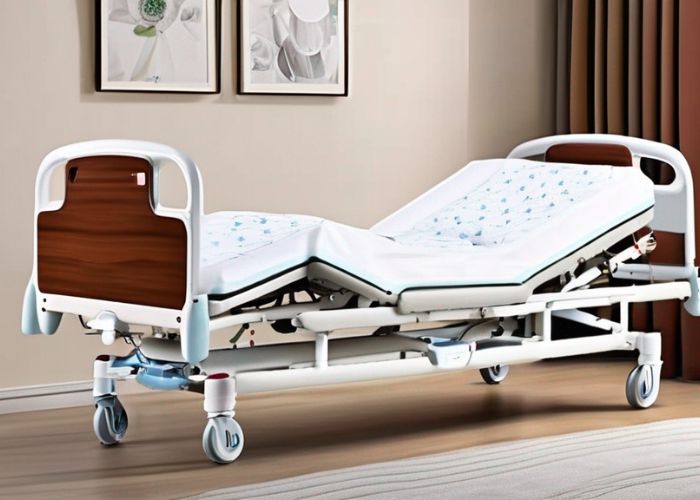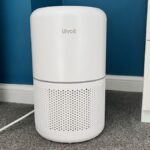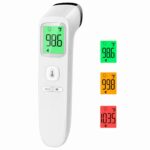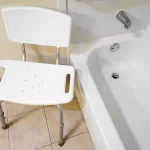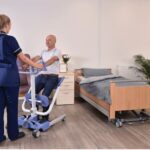As a physiotherapist with over 7 years of experience working in hospitals and nursing homes, I have seen first-hand the benefits of using adjustable patient beds. These hi-tech beds can make a world of difference in a patient’s comfort, safety and quality of care.
In this article, I will share my insights on how adjustable beds enhance patient experience based on real-life examples and situations I have encountered. Let’s know about the “How Do Adjustable Patient Beds Enhance Comfort and Care?”
Table of Contents
Adjustable Beds Prevent Pressure Ulcers
Pressure ulcers or bed sores are a huge concern, especially for immobilized patients. According to studies, around 60,000 hospital patients develop serious pressure ulcers every year. These painful sores are caused by prolonged pressure on the skin, reducing blood circulation to affected areas. Patients confined to beds are especially vulnerable.
As an experienced physiotherapist, I always advise using adjustable patient beds with features like lateral rotation and pulsation therapy. By regularly changing the patient’s position and providing gentle massages, these beds stimulate blood flow to prevent sores.
In one case, we had a paraplegic patient who developed a severe sacral sore despite manual repositioning every 2 hours. After shifting him to an adjustable pulsation bed, the sore healed completely within a month. The automatic lateral therapy changed pressure areas every 10 minutes, avoiding prolonged pressure at any one point.
Improve Comfort with Customized Positions
Apart from medical necessities, something as simple as being able to adjust the bed into a comfortable position can make a huge difference to the patient’s experience. Hospital beds are often set at a standard height for convenience of nurses and doctors. But this leaves many patients feeling uncomfortable.
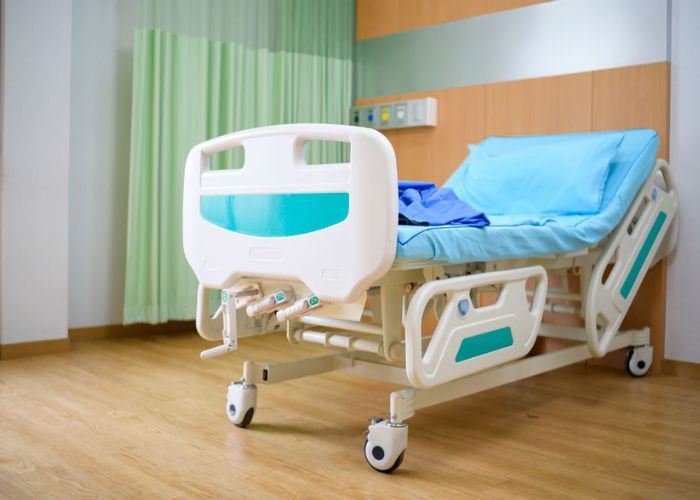
With adjustable height and back/knee angles, patients can customize their bed position according to individual needs. For instance, raising the knees slightly while reclining the back can take pressure off the lower back. Elevating the upper body makes it easier to watch TV, read or visit with family.
Over the years, I’ve had patients tell me they finally got their first good night’s sleep after adjusting the bed to their preferred position. This has a big impact on their health and healing too.
Assist Patients During Daily Activities
Modern adjustable beds allow patients to perform small daily tasks themselves, helping them feel more independent. This also reduces demands on nurses and caregivers.
The beds can be raised, lowered or tilted to assist patients while brushing teeth, eating meals or using a bedpan. Handrails on both sides provide support while changing position. Some beds even have overbed tables and storage drawers built-in for convenience.
For one elderly patient with limited mobility, the adjustable bed with support rails allowed him to sit up and read a book comfortably without calling for assistance. This helped avoid frustration and gave him a sense of self-reliance during recovery.
Easy Access for Examinations and Procedures
As a physiotherapist, I greatly appreciate how adjustable hi-low beds provide flexibility during examinations and procedures. Often, I need patients to be in specific postures to assess joint movements or incision sites.
According to sondercare, With older manual beds, patients have to be physically lifted or shifted by helpers. But the modern electric models allow smooth height adjustments for easy access. The back and knee rests can also be positioned as needed during examinations or while dressing wounds.
Once we had a bariatric patient whose dressings were extremely difficult to access with the standard-height bed. After changing to an adjustable model, we could raise or lower sections seamlessly to reach the incision area without troubling the patient.
Adjustable Beds Suit User Needs and Environment
Hospital beds have demanding requirements for infection control, durability and safety. Fortunately, the latest adjustable models offer modular construction using anti-microbial materials that can withstand frequent cleaning and disinfection.
Read More:- What Are the Differences Between Manual and Digital Blood Pressure Monitors
As an experienced physiotherapist consulting with various hospitals and nursing homes, I always recommend choosing adjustable beds tailored to user needs and the care environment.
For home and assisted living facilities, wireless models with handy remote controls make life simpler for patients and caregivers. Models with home decor-inspired designs fit better aesthetically in such settings.
In patient wards and ICUs, beds with touchscreen controls that can be disabled remotely are a better choice to prevent accidental setting changes. Models with battery backups allow easy transport around the facility when required.
Beds designed for bariatric patients have expanded width and weight capacity combined with pressure redistribution layers for safety and comfort. For added protection, some beds offer integrated sensors that detect position changes or objects stuck in the frame.
Read More:- What Role Do ECG Electrodes Play in Monitoring Heart Activity?
The Future is Customized Adjustable Beds
In the past, hospital beds were purely clinical with limited flexibility. But the modern adjustable bed is transforming into an intelligent platform that can be customized to enhance patient comfort, safety and quality of care.
As an experienced physiotherapist, I foresee the next generation of smart beds having inbuilt sensors to track patient metrics combined with software features for automated pressure relief based on readings. More modular and portable components will allow customization to suit everything from home care to ICU. Voice controls and AI integration will make these beds simpler and more helpful for both patients and caregivers.
The possibilities are exciting and this new generation of beds promises a more comfortable and dignified care experience tailored to individual needs. As healthcare technology continues evolving, adjustable beds are poised to play an even bigger role enhancing patient wellbeing in hospitals, nursing homes and home care settings. I hope you like reading “How Do Adjustable Patient Beds Enhance Comfort and Care?”

Dinesh Singh Negi is a seasoned expert in the healthcare procurement industry with over 15 years of experience in supply chain management and hospital procurement strategies. Holding a Master of Business Administration (MBA) in Operations Management and Supervision, Dinesh has successfully optimized procurement processes for numerous healthcare facilities, ensuring cost-effective and quality supply solutions. As the lead author on hospibuy.com, Dinesh shares his deep knowledge and insights on hospital procurement trends, product evaluations, and industry best practices. Connect with Dinesh on LinkedIn for more professional insights.

